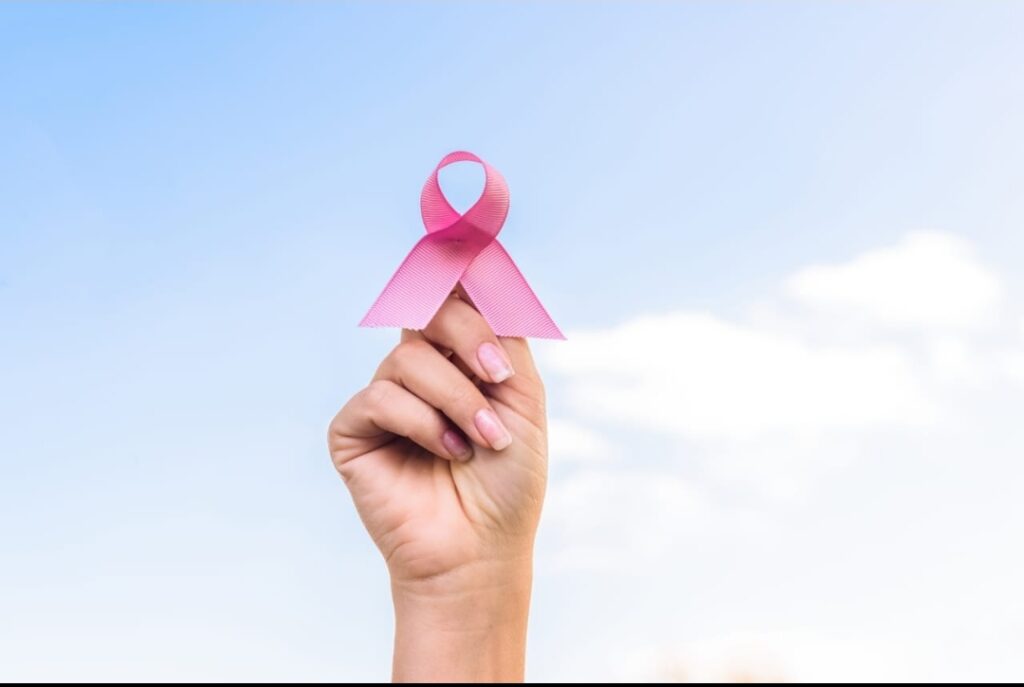Beyond Pink Ribbons: Making Breast Cancer Awareness Truly Inclusive
Every October, India turns pink. Social media timelines brim with ribbons, hashtags, and campaign visuals. Brands launch awareness drives and urban wellness groups run charity marathons. Yet for many women—especially in rural villages—Breast Cancer Awareness Month remains a distant buzz. The pink wave rarely reaches where late diagnoses are common, where preventive screening is almost unheard of, and where social taboos keep conversations about women’s health behind closed doors.
The challenge is stark: Breast cancer is still the most common cancer among Indian women. It affects roughly one in eight women diagnosed with cancer, with over 200,000 new cases every year. Alarmingly, nearly half are caught only at advanced stages, drastically cutting survival chances. This isn’t just about awareness—it’s about timely access, genetic literacy, and a true alignment of preventive healthcare with India’s diverse realities.
From Glamorous Campaigns to Ground-Level Realities
Urban audiences are slowly embracing preventive screening and genetic testing. Awareness posters are seen in clinics, and BRCA gene testing is no longer unheard of in metro cities. Yet travel just a few hours beyond these cities, and the contrast is striking.
In rural India, the barriers stack up:
- Lack of affordable or nearby diagnostic facilities.
- Minimal awareness about risk factors, especially hereditary ones.
- Cultural stigma around discussing women’s health.
- Delays in seeking medical advice until symptoms become too severe.
These factors result in significantly higher mortality compared to urban areas. Even highly preventable cases still slip through the net due to unequal healthcare distribution.
The Overlooked Factor: Hereditary Risk
While lifestyle and environmental factors dominate awareness materials, hereditary risk often plays second fiddle in public conversations. The reality is that 5–10% of breast cancers are hereditary, typically linked to inherited gene mutations like BRCA1 and BRCA2. Individuals with these mutations face a substantially higher lifetime risk.
Recognizing this, genetic literacy as a core awareness is the pillar. Testing for BRCA mutations is not about predicting certainty but about giving women the power to make informed choices—whether that means earlier screening, preventive surgeries, or lifestyle interventions.
Breaking the Silence in Rural Communities
Any successful Breast Cancer awareness initiative in India must work differently in villages. It’s not enough to replicate urban messaging. Three elements become crucial:
- Trusted local voices – Awareness delivered by recognized community leaders, female health workers, or local doctors carries more credibility.
- Culturally sensitive communication – Campaigns must respect local dialects, customs, and beliefs while dismantling taboos about women’s bodies.
- Onsite and mobile screening – Bringing equipment and specialists directly to rural areas addresses accessibility challenges.
Organization’s planned screening camps—led by key opinion leaders—are a step toward bridging this divide.
Stem Cell Science: The Future Dimension
While awareness focuses on detection and treatment, Organizations adds another forward-looking dimension: regenerative medicine. Stem cell research is evolving to offer new possibilities in oncology.
Preserving umbilical cord blood stem cells at birth is already recognized for its role in treating certain blood disorders. Early research hints at potential applications in cancer therapies—from immune system support during chemotherapy to targeted regenerative treatments.
Encouraging families to safeguard these stem cells is more than a futuristic bet; it builds a readiness for emerging therapies that could complement traditional cancer care in decades ahead.

Expert Perspective: Making Awareness Actionable
Successful CX in healthcare is about removing friction across touchpoints—whether those touchpoints are an information webinar, a screening appointment, or a counselling session. Customer Experience principles can transform how awareness translates into action.
Key Experience Strategies for Breast Cancer Awareness:
- Personalized pathways: Offering risk-based screening schedules depending on family history and demographics.
- Multi-channel engagement: Digital outreach for urban audiences, physical camps for rural ones.
- Post-awareness follow-through: Ensuring interested participants receive immediate scheduling support for screenings.
- Humanized communication: Avoid overly clinical language; stories and relatable narratives drive action more effectively.
When organizations layer CX thinking on top of medical initiatives, they increase participation and trust—critical for preventive health efforts.
Moving Beyond Pink
Organization’s campaign this October combines both awareness and direct access:
- Educational webinars featuring genetics and women’s health experts.
- Digital sessions tailored to explain hereditary risk in simple terms.
- Social media drives aimed at demystifying BRCA and genetic testing.
- Special pricing on cancer screening and BRCA testing, making preventive care more affordable.
- Free genetic counselling for high-risk patients identified via screening or family history.
- On-ground screening camps in underserved regions.
The goal is clear: Stop breast cancer before it becomes harder to treat—and empower women everywhere to see preventive healthcare as a necessity, not a privilege.
Why CX Professionals Should Care
Breast Cancer Awareness Month presents a unique case study for CX professionals in healthcare. It’s about translating advocacy into measurable action, managing diverse customer segments, and creating services that meet both emotional and functional needs.
Lessons from Organization’s initiative apply to any healthcare CX project:
- Access is part of the experience – Without proximity or affordability, awareness loses value.
- Empathy builds retention – Patients who feel respected and understood are more likely to engage in ongoing care.
- Data drives personalization – Genetic literacy initiatives must be shaped by data about demographics, geography, and cultural factors.
Actionable Insights for CX/EX Professionals
- Segment your audience by healthcare literacy level. Avoid a blanket communication strategy across urban and rural populations.
- Design touchpoints for comfort and clarity. Health topics are sensitive; prioritize trust and language accessibility.
- Integrate educational content with service offerings. Awareness without services leaves customers with intent but no direction.
- Use partnerships to amplify reach. Collaborate with local NGOs, community leaders, and micro-influencers for deeper rural engagement.
- Plan future-readiness into current campaigns. Include education about emerging technologies like stem cell storage alongside immediate screening drives.
Key Takeaways
Breast cancer awareness in India cannot survive on city marathons and hashtags alone. Inclusive campaigns must penetrate rural realities, make genetic literacy accessible, and offer screening where women live—not just where hospitals exist. Organization’s approach blends prevention, education, and forward-looking science, mapping a better customer and patient experience for India’s most at-risk women.
Preventive healthcare is a necessity, not an option. The challenge—and opportunity—for CX and EX professionals is to reimagine awareness initiatives as full-service journeys, ensuring the path from first contact to diagnosis is short, supportive, and equitable.

